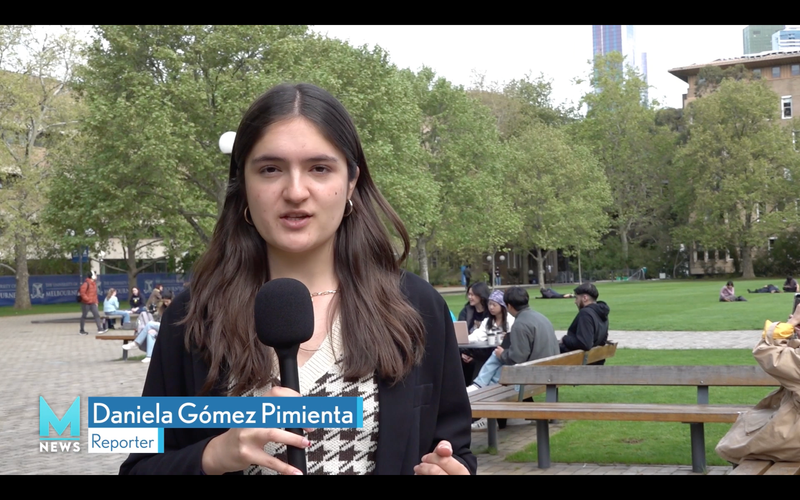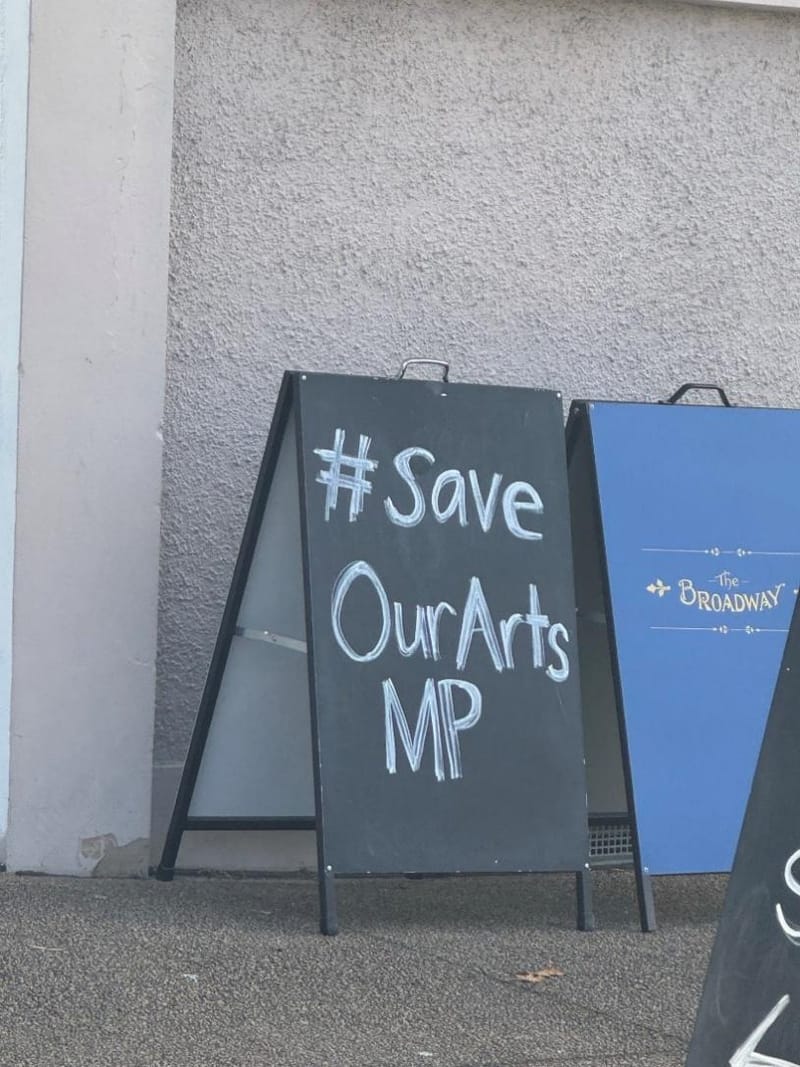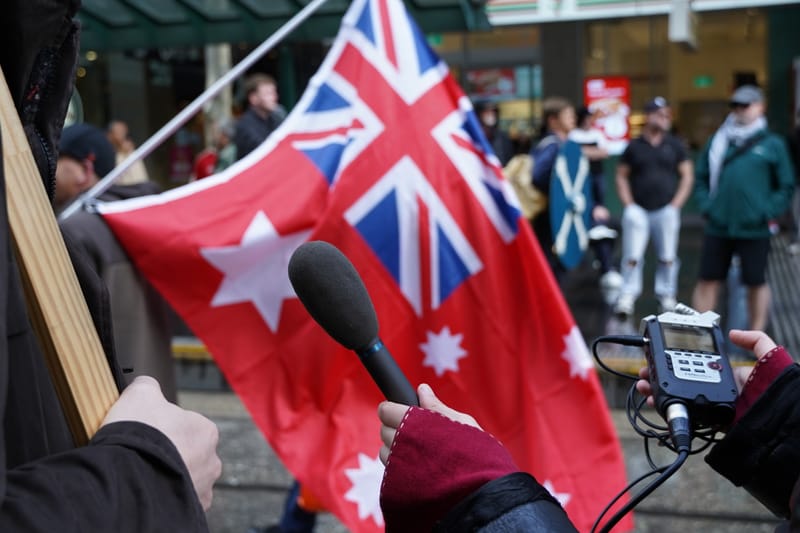Access to youth mental health in Melbourne’s west at breaking point
Underfunded and overburdened mental health services in Melbourne's west are being forced to turn away those who need them most.
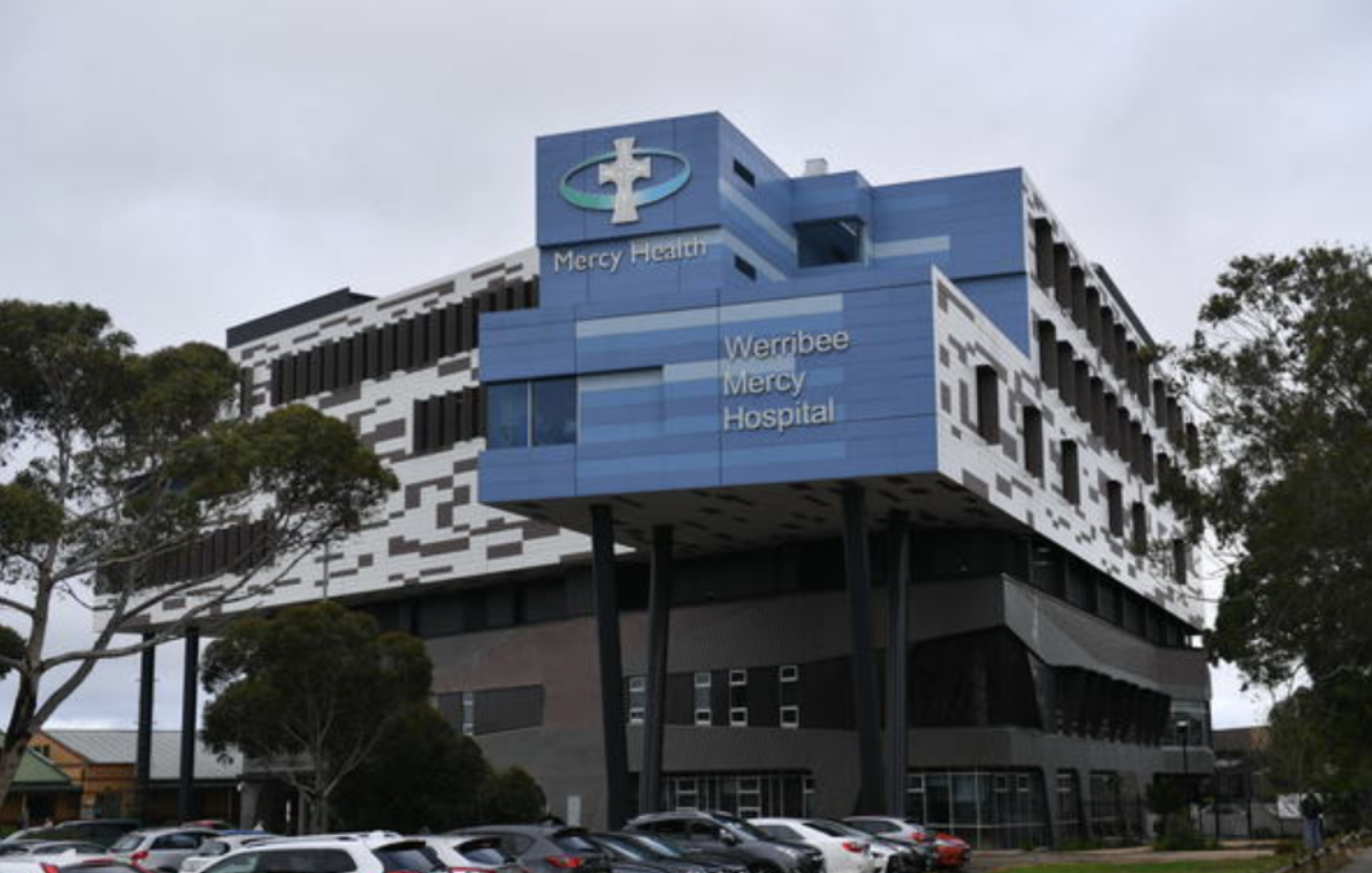
BY MATTHEW TOOHEY
Consider for a moment that you’re a mental health practitioner at a hospital in Melbourne’s west. You’ve been assigned to support a 17-year-old girl who is currently unhoused, has been recently assaulted, and is presenting with signs of substance abuse and mental health issues.
The hospital is under immense pressure to free-up beds, seeing an increase in patients during the pandemic, with limited capacity to serve them. Ordinarily, the hospital can only give a mental health space for two weeks, but you convince them to give her four. Only - it will have to be in the mixed-gender adult psychiatric ward. That’s the only space left.
Concerned, you immediately spring into action contacting all local outreach services to try and secure support before the discharge deadline, knowing that without this support she will be back on the streets. The services take time to get back to you - at least a week - before saying that, unfortunately, they’re working at half-capacity and have a waitlist of at least six months.
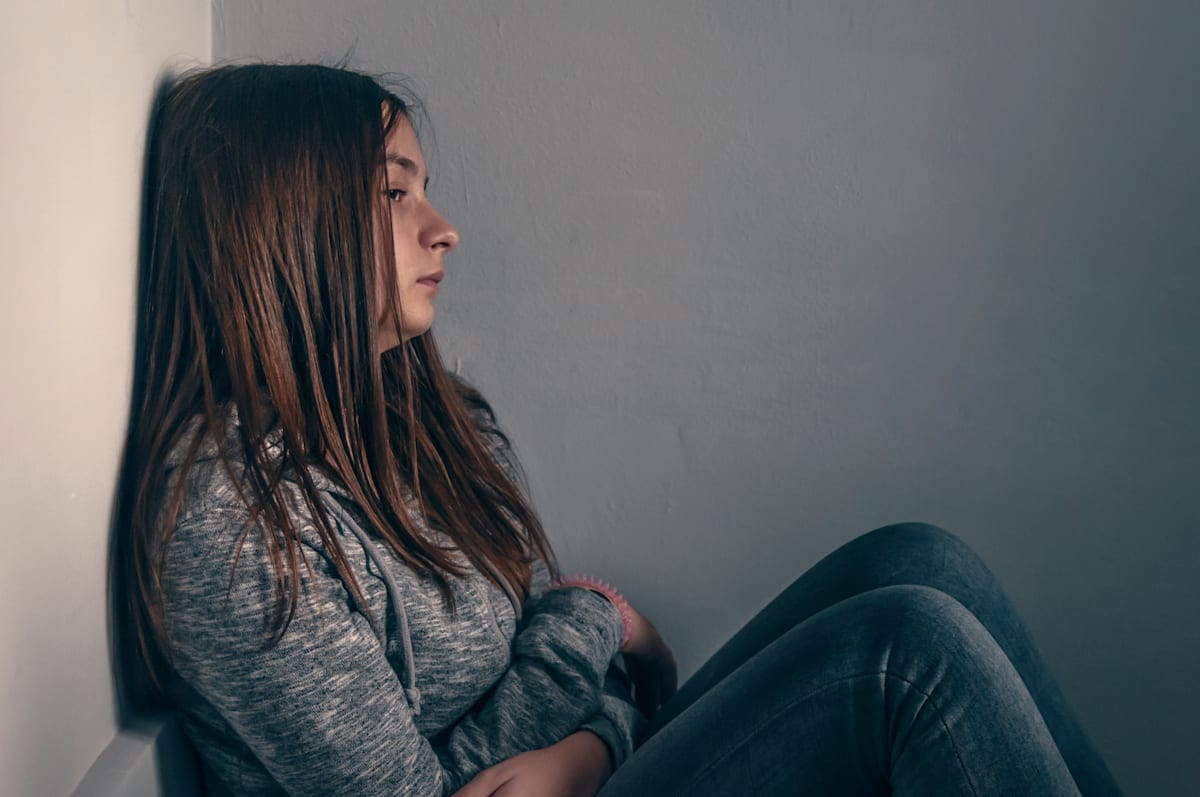
This is stark daily reality for workers on Melbourne’s mental health frontline, including Indigenous Healing Practitioner and proud Quandamooka and Wiradjuri woman L.J. Singh, who worked for 12 months as an Aboriginal Liaison Officer (ALO) at Werribee Mercy Hospital during the pandemic. The overflowing and poorly-equipped mental health system provided Ms Singh as a practitioner, the recent experience with the 17-year-old.
“I convinced the hospital to let her stay there for four weeks, which is double the amount of time usually permitted…but when it came to her being discharged, she still went out with no services because we couldn't get anything in place in time... then six months later she's back in a worse state than she was originally,” Ms Singh said.
“It became this thing where you have to sit in meetings and decide who's deserving and who's undeserving of support and who do we give it to… when the reality is everyone needs it. That's why they're there,” she said.
Ms Singh said this experience was constant during her tenure at the hospital and left her unable to cope with “feeling useless” and not being able to support and serve the community.
“I’m pretty good at advocacy, but you can't in a system that’s so broken. You couldn't advocate for anything… particularly around housing, rehabs or alternative spaces,” she said.
Ms Singh recalled another example of a young man in his early 20s, homeless and withdrawing heavily from alcohol, who was being pushed to leave after the two-week period at the hospital.
“I remember speaking to Odyssey [rehabilitation service], who said they had an 18-month wait list because they were working at less than half capacity. So, I’m trying to tell this young person, ‘sorry you can't stay here', but also I know there's nowhere else to go".
A recent survey conducted by Resolve Political in conjunction with The Age, goes some way to explaining the scale of the pandemic’s toll on youth mental health. Staggeringly, of the 1002 survey respondents between the ages of 16-24, 82 per cent said they had experienced mental health issues during the pandemic. A further 25 per cent had experienced suicidal ideation, and 15 per cent had attempted self-harm.
This increase in need has caused strain on the public system’s primary care platforms, like Headspace, exacerbating wait times, and forcing people into the hospital system.
Executive director of Orygen, a specialist mental health service in the western metropolitan region, and former Australian of the Year Dr Patrick McGorry, said more needed to be done to fund and support early intervention programs that would “turn off the tap and prevent people from getting into such an acute and desperate state in the first place. Or having to get to such a state to gain access to any care at all”.
Dr McGorry said, currently, one of two things was likely to happen if a person reached such a state. Either the person would persist and find some way to stabilise, and hopefully the problem would pass. Or, the situation would deteriorate to the point where there might be a risk of suicide, or some kind of escalation that “catapults them to the emergency department".
"And that’s no way to practice mental health care,” he said.
“That’s like saying 'we're only going to treat cancer when it starts to spread throughout the body and every early mild case of cancer, we're not going to treat because we don't have to do anything at that point, they’re not sick enough'.”
Dr McGorry said the state government’s response to the recent Royal Commission into Victoria’s mental health system had been excellent. The Andrews government has adopted all 65 recommendations. However, he called on the federal government to do more, saying it needed to “co-invest more strongly with the state government to solve the problem.”
Dr McGorry also said the western suburbs were at a “significant disadvantage,” with fewer resources than the eastern and northern regions. He estimated that these more affluent areas had “two to three times” the resources even in the public sector, when compared to the west.
“So definitely, there’s an inequity even with public mental health,” he said.
Ms Singh said it’s important to note that for First Nations People, and indeed other people of colour, inequity and a lack of cultural safety are systemically ingrained in health services leading to an increased risk to patients even once services are obtained.
“All of the clients I see are First Nations, all of them have told me they’ve tried multiple other services and haven’t got the support they need because it's not culturally safe.”
Cultural safety she said meant “not having to explain their identity… It's not having to spend an entire session that you are paying for to explain kinship, or explain your family tree, or what culture means to you.”
Ms Singh said while platforms like Headspace worked well and had specific Aboriginal, Torres Strait Islander and LGBTQIA+ programs, they tended to be “white centric”.
She said more needed to be done to incorporate a wider demographic into the fabric of the system itself, making it not “just an idea, but something that functions”.
If this story has brought up anything for you, or you would like to talk to someone, please contact:
- Lifeline on 13 11 14
- Kids Helpline on 1800 551 800
- MensLine3 Australia on 1300 789 978
- Suicide Call Back Service on 1300 659 467
- Beyond Blue on 1300 22 46 36
- Headspace on 1800 650 890


